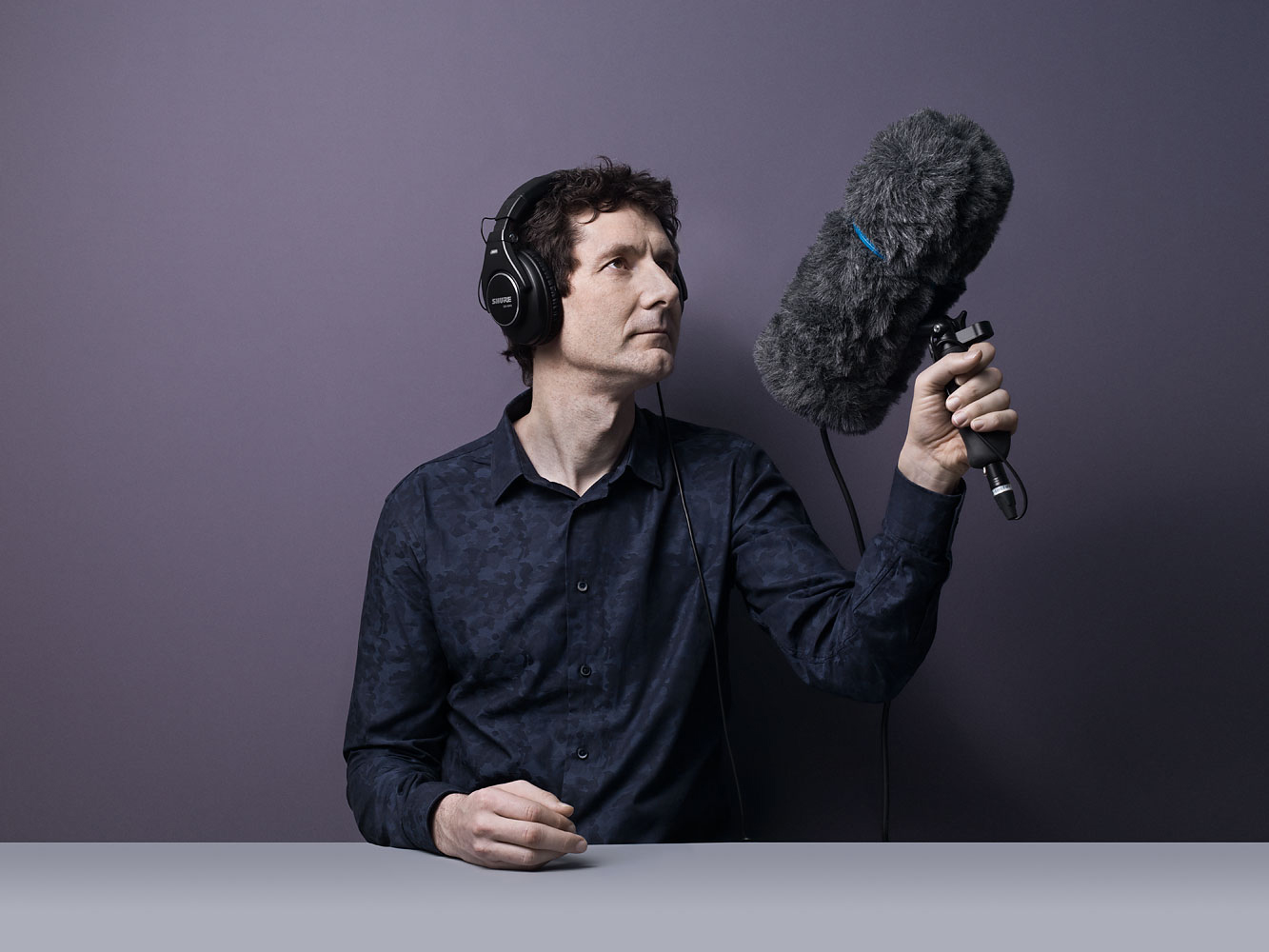
At this time of year, many of us are poring over guidebooks to choose a destination for our summer vacation. In travel guides you will find descriptions of beautiful vistas and iconic architecture to look at but very little about sounds. What a shame. There is so much to delight the ears when we bother to open them.
Take the dome of St. Paul’s Cathedral in London. A beautiful sight, yes–but an incomplete experience if encountered solely with your eyes. When you whisper into the curved walls, your voice skims around the inside of the dome and is clearly audible to others on the opposite side. Of course, there is more to sound tourism than seeking out the most aesthetically pleasing sounds. Trigger a small, benign avalanche on the Kelso Dunes in the Mojave Desert in California and you might hear the sand singing. The tumbling of the grains causes a droning noise like that made by a taxiing aircraft. This thrilling sound is remarkable for its rarity, not its aesthetic quality.
We are entering a golden age for sound tourism–one driven by consumer electronics. In the past there was no simple way for most of us to record what we heard, making it hard for people to share their aural experiences with others. This has changed as many of us carry around phones, tablets and cameras that can capture unique and beautiful sounds. Our ears play an immensely important role in how we perceive our environment. With better awareness of sonic wonders, we can start building a better-sounding world.
Cox, a professor of acoustic engineering at the University of Salford, is the author of The Sound Book
More Must-Reads from TIME
- Inside Elon Musk’s War on Washington
- Meet the 2025 Women of the Year
- The Harsh Truth About Disability Inclusion
- Why Do More Young Adults Have Cancer?
- Colman Domingo Leads With Radical Love
- How to Get Better at Doing Things Alone
- Cecily Strong on Goober the Clown
- Column: The Rise of America’s Broligarchy
Contact us at letters@time.com